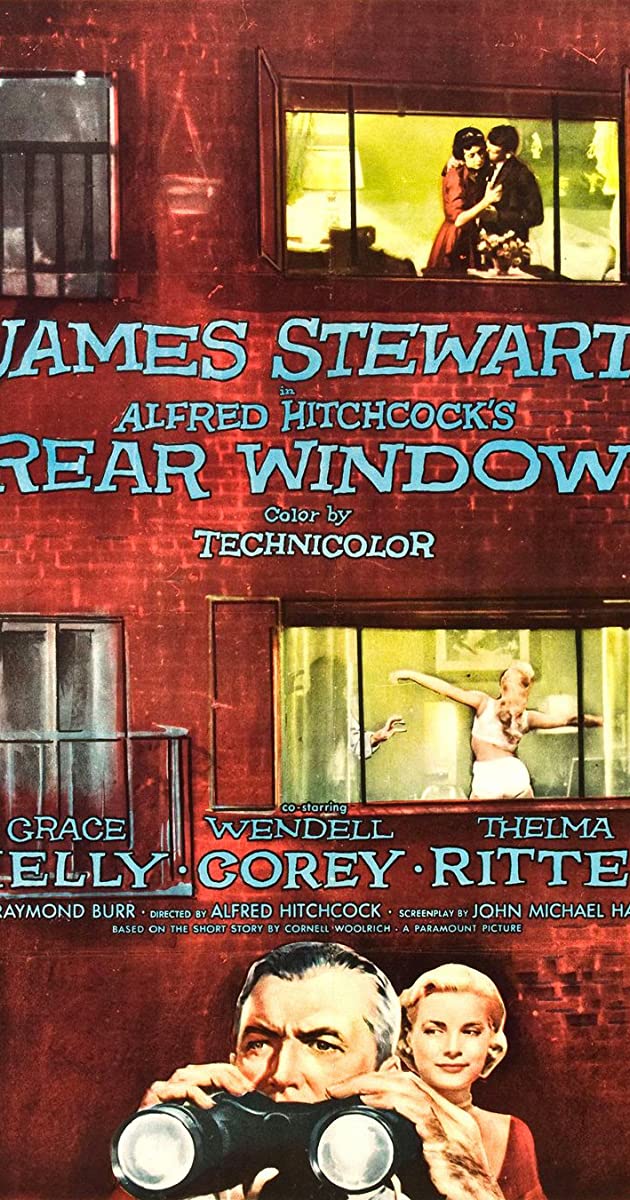

While other actresses would have long given up a stalled career out of pure frustration after decades of mostly uncredited extra/bit parts and little reward, perennial starlet Sue Casey somehow found the stamina to maintain ... for six decades! In films from 1946, the voluptuous brunette, at most, became a campy vixen in a few 1960s "drive-in" bombs, yet has always held a remarkably appreciative outlook as to how things turned out. Born on April 8, 1926 in Southern California, her family lived in Beverly Hills (her father was a builder) at the time of her birth but was forced to move after the crash of the stock market in 1929 to a more modest area of town. While Casey expressed no early interest in acting, her West Coast beauty was undeniable and it didn't take long before the teenager caught the eye of a talent agent who persuaded her to try with the well-oiled fantasy line, "How would you like to be a star?" Making the usual audition rounds, Casey's first extra part came with the lightweight MGM film Ball in der Botschaft (1946) for Samuel Goldwyn. Young, married, and with a child in tow, she found work as Danny Kaye's boss' secretary in the Das Doppelleben des Herrn Mitty (1947). Promoted by the studio as a "Goldwyn Girl", she dutifully attended parades, premieres, late night parties, fashion and charity events, etc. -- anything to further advance herself. To supplement her studio income, Sue worked as a photographer and artist's model. A diverting presence in the usual MGM comedy or drama such as Blondie's Big Deal (1949) and Der Spieler (1949), she provided classy set decoration for the studio's prime Golden Age musicals as well, including Words and Music (1948), Nancy Goes to Rio (1950), Duell in der Manege (1950), Mississippi-Melodie (1951), Ein Amerikaner in Paris (1951), Vorhang auf! (1953), Tief in meinem Herzen (1954), and the Esther Williams swimming extravaganzas Neptuns Tochter (1949) and Die goldene Nixe (1952). Often times she would be directed over to other major studios -- Paramount, Columbia, Universal and Warner Bros. -- and provide fetching atmosphere there. Director Raoul Walsh once complimented her as "the most beautiful extra in pictures today." By the mid 1950s, Casey had still barely put two lines together on screen and after filming the non-descript parts of a snake charmer in Der Zirkusclown (1954), a sunbather in Das Fenster zum Hof (1954) and a harem girl in Sindbads Sohn (1955), decided to take some time away from the cameras and concentrate on family. She went on to have three more children. By 1959, however, she was back in front of the lens as beautiful as ever but this time the focus was on television. Successfully establishing herself as a wholesome commercial actress, she pitched everything from cereal to automobiles in over 200 assignments. Light TV guest parts also came her way in episodes of The Lucy-Desi Comedy Hour (1957), Schiff ahoi - Von Seebären und Landratten (1964), Dick van Dyke Show (1961), Katy (1963), The Beverly Hillbillies (1962) and Lieber Onkel Bill (1966), among others. As for the big screen, nothing changed. Obscure bit/extra parts continued with Anruf genügt - komme ins Haus (1960), Ich bin noch zu haben (1961), Frühstück bei Tiffany (1961), Zwei Wochen in einer anderen Stadt (1962), Eine neue Art von Liebe (1963) and Die Unersättlichen (1964). Finally, after nearly two decades of pursuing her dream in Hollywood, Casey nabbed a leading role! As bad girl "Vicky Lindsay" in what is arguably one of film's biggest "turkeys" of all time, The Beach Girls and the Monster (1965), she attained a notoriety that led to minor cult status. The film had a non-existent budget and was received poorly in every way, shape and form upon its initial release. Casey even had to do her own hair and makeup and was forced to pick out her vixen character's clothes from her own closet. The actors were never paid until the movie was sold years later to TV (retitled as "Monster from the Surf") and that was a mere pittance. Over the years, however, the movie has reportedly gained a cult following. Two other easily dismissed co-starring roles in unmemorable campy films followed. She played a hillbilly mom in the fugitive drama Swamp Country (1966) (which starred pearly-toothed pre-Carol Burnett hunk Lyle Waggoner) and a manipulative mom and art forger in Catalina Caper (1967) (which starred former Disney star Tommy Kirk after his fall from studio grace, and (again) Lyle Waggoner). In later years, she developed a successful real estate business. She found acting work (often without an agent) intermittently on film and TV. Featured in a couple of higher-scaled movie musicals -- as a lady attendant to Vanessa Redgrave's Queen Guinevere in Camelot - Am Hofe König Arthurs (1967) and as one of John Mitchum's two wives in Westwärts zieht der Wind (1969) -- her final film resume would add such films as Was, du willst nicht? (1979), Der Teufelsschrei (1981), Whitesnake: Live... in the Still of the Night (2005) and Die Brady Family 2 (1996). In American Beauty (1999), an Oscar winner for "Best Picture" and "Best Actor", lead actress Annette Bening (a Best Actress nominee for the role), plays a desperate realtor trying to sell Casey's well-to-do character a house. - IMDb Mini Biography By: Gary Brumburgh/Robert Sieger